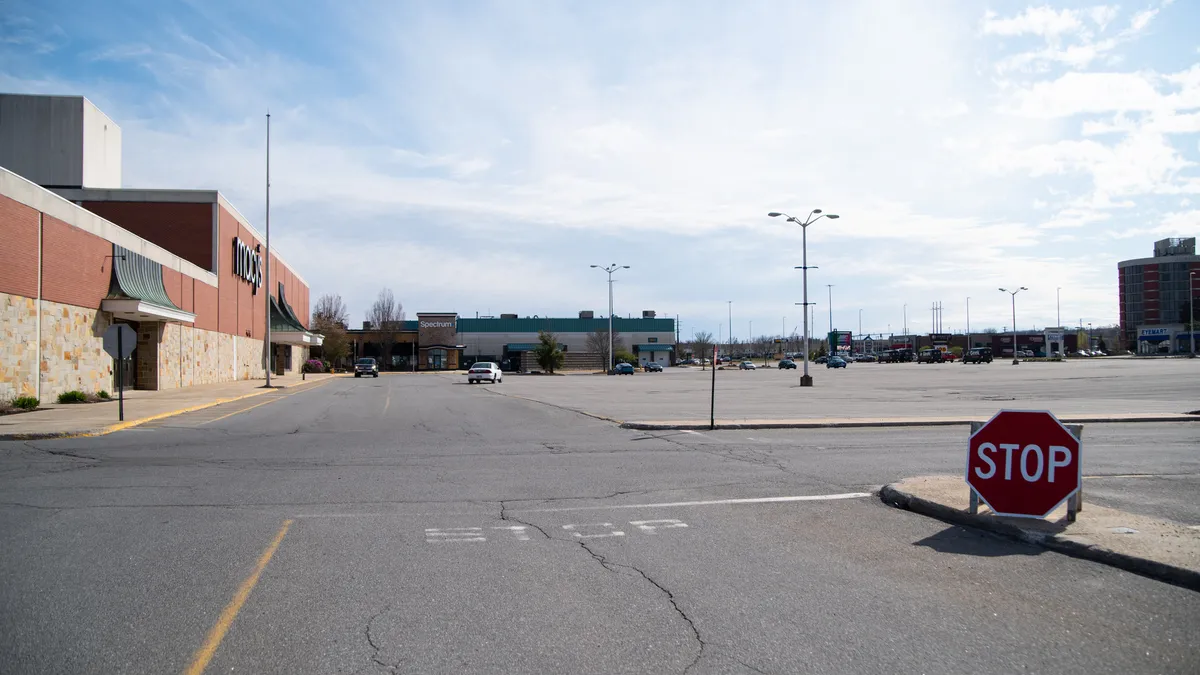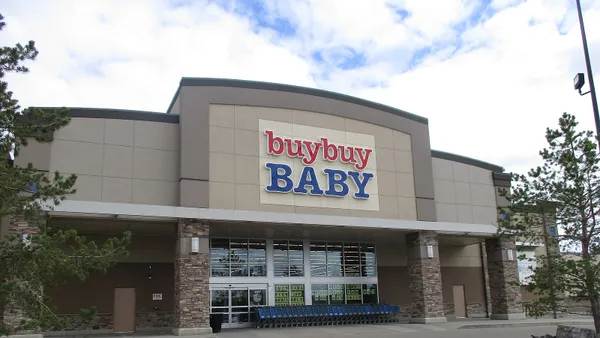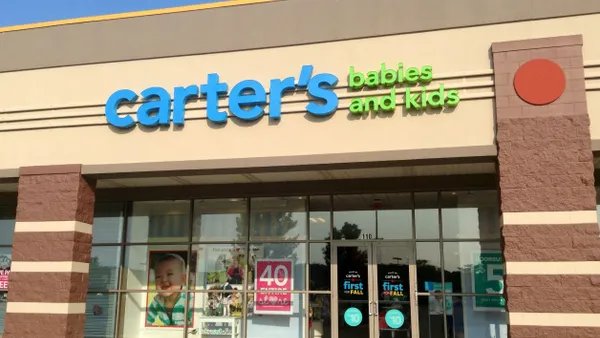The bankruptcy filings last month by mall developers CBL Properties and Pennsylvania Real Estate Investment Trust shocked very few observers, considering their struggles even before the pandemic curtailed indoor shopping. They were widely seen as among the most vulnerable mall landlords, without the financial wherewithal, or the property quality, of the likes of Simon Property Group and Brookfield.
Those last two are widely seen as survivors. Both have the deep pockets to go so far as to buy some of their retail tenants out of bankruptcy in order to keep that rent flowing (in a couple of cases — Forever 21 and, just this week, J.C. Penney — they have teamed up with each other).
But despite running so-called "A" malls, Simon and Brookfield aren't necessarily the hale operations many believe them to be. They, along with CBL and PREIT, are in a group of seven mall REITs under extreme pressure, according to a report this week from S&P Global Market Intelligence titled "A Dark Winter for REITs: Trouble Brewing." The other three are Macerich, Washington Prime Group and Taubman; Simon and Taubman last month agreed to merge.
All share certain characteristics: a high percentage of bankrupt anchors; lower building permit activity (S&P calls delays or discontinuation of expansion an indication of financial stress); foot traffic declines; lots of debt; cash flow declines; and "a high proportion of tenants that have filed for bankruptcy."
"All seven REITs manage regional malls, a business that was already under stress prior to COVID-19 (as more consumers shifted to online shopping)," according to the report. "This may make it more challenging, going forward, for these REITs to repair balance sheets impaired by the pandemic."
While malls and retail stores have reopened since the pandemic-induced shutdowns earlier in the year, footfall declines were stark over the Black Friday shopping weekend, especially at enclosed malls. Over the full weekend, indoor malls saw an overall decline of 38.3%, according to a study of nine malls across the country from foot traffic analytics firm Placer.ai.
"Retail REIT underperformance comes as no surprise as COVID-19 resulted in widespread shutdowns of non-essential retail, representing 58% of strip retail REIT portfolios and almost the entirety of mall portfolios," Wells Fargo analysts Tamara Fique and Matthew Honnold said in emailed comments Thursday. "When combined with mandated stay at home orders and general fears around the spread of the virus, retailer failures were inevitable."
The bifurcation of mall types is just one of the pre-pandemic trends that have been accelerated by the disease outbreak and are poised to continue, leaving enclosed malls more vulnerable than ever. More retailers, in addition to shrinking their store counts, are setting up shop in strip malls and other open-air centers and ditching enclosed centers. They include mall stalwarts like Gap and anchors like Macy's.
Another trend working against the mall is online shopping. Wells Fargo analysts believe that, while shoppers will head back to physical stores in greater numbers once pandemic fears subside, "it seems likely that e-commerce penetration will remain elevated."
"The pandemic has been dubbed 'the great accelerator'" they wrote. "[F]or retail, that has meant e-commerce taking a greater share of sales, store fleets being further rationalized, and retailer and retail REIT bankruptcies being pulled forward."
The situation is empowering the mall tenants that do remain. Wells Fargo anticipates that rent deferrals and abatements, which many landlords agreed to during the pandemic, will continue through the first quarter of next year, at least.
"The bottom line is that we expect companies will be grinding it out in a battle for tenants," Wells Fargo said. "That is likely to result in rent pressure."
Correction: A previous version of this story misidentified the division responsible for the report. The research was done by S&P Global Market Intelligence.













